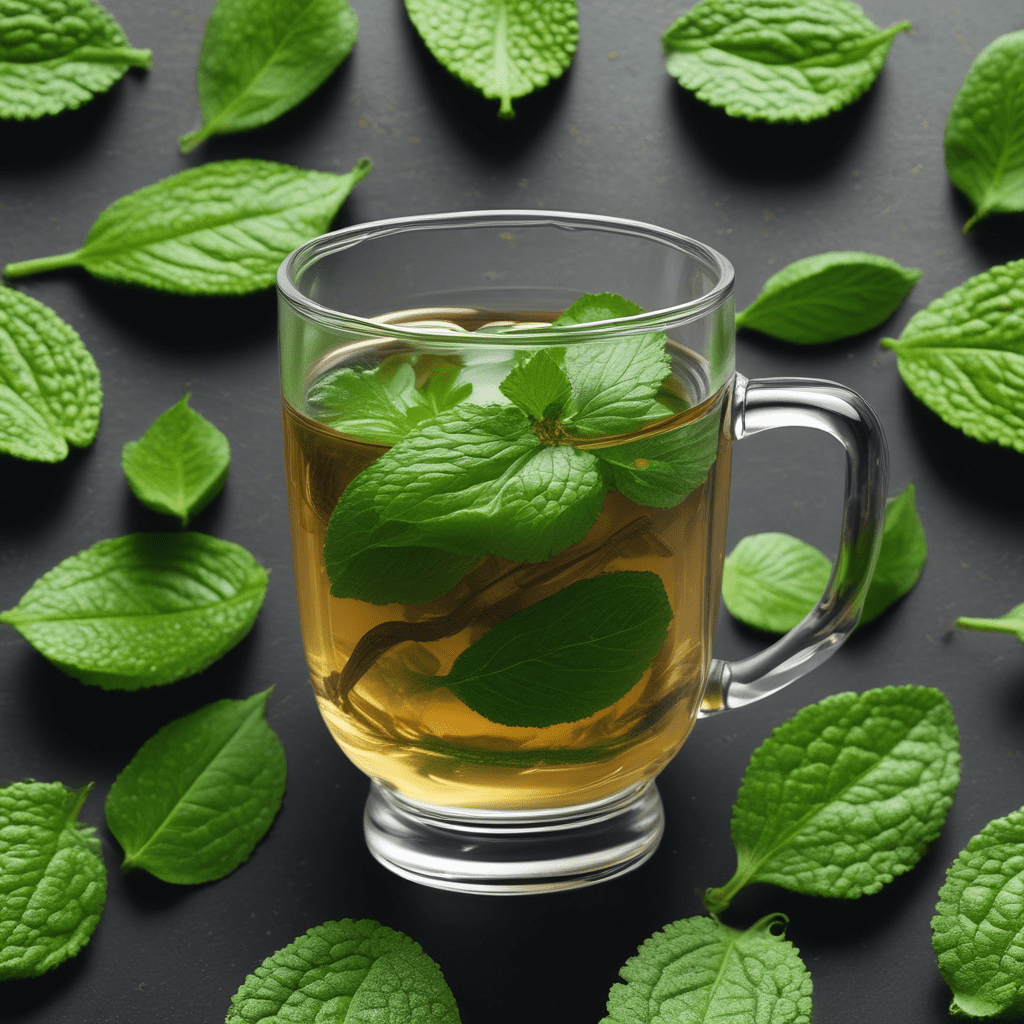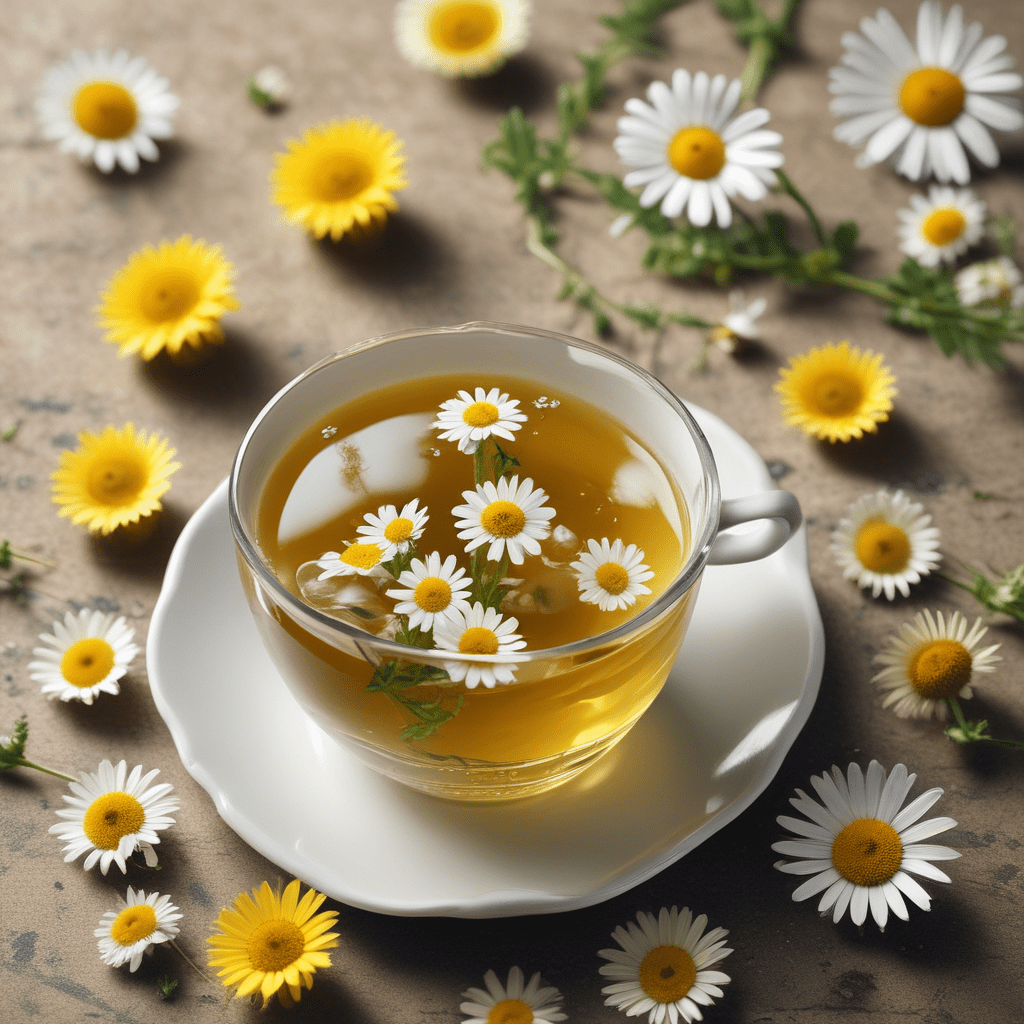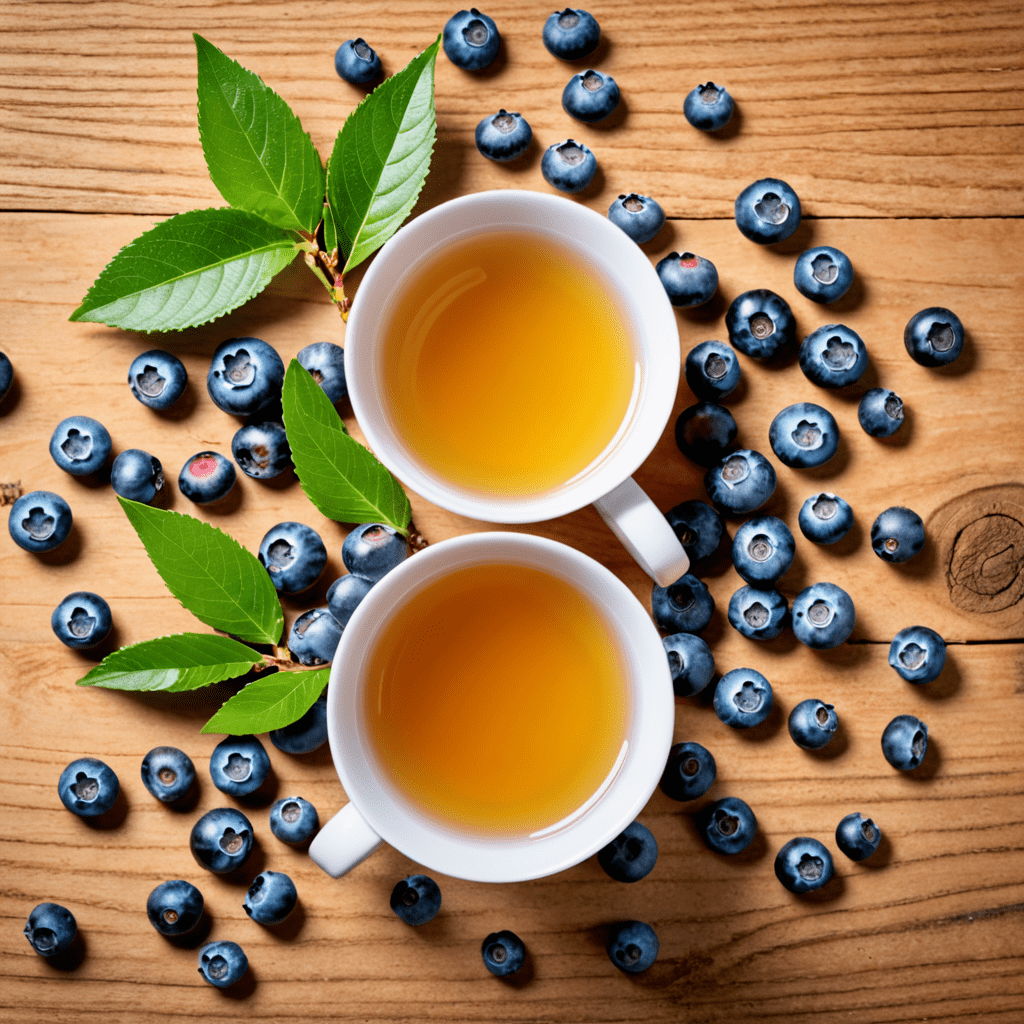1. The Origins of Afternoon Tea
The tradition of afternoon tea is quintessentially British, but its origins can be traced back to 17th-century China. During the Ming dynasty, the aristocracy enjoyed a mid-afternoon tea break known as "yum cha," where they sipped tea and nibbled on light snacks. This practice reached Europe in the 17th century through trade routes, and it quickly gained popularity among the upper classes.
In England, afternoon tea was popularized by Anna, the 7th Duchess of Bedford. In the 1840s, she found herself feeling peckish in the late afternoon, so she started taking tea and light refreshments in her private chambers. She soon invited her friends to join her, and the practice quickly spread throughout London's high society. By the late 19th century, afternoon tea had become a social institution, with elaborate rituals and etiquette.
2. The East India Company's Tea Trade
The rise of afternoon tea coincided with the flourishing of the East India Company, a powerful British trading company that monopolized the tea trade between Britain and China. The company played a crucial role in introducing a wide variety of teas to British consumers, including black, green, and oolong teas.
In the early 18th century, the East India Company established a tea plantation in the Indian province of Assam. This discovery allowed Britain to break its dependence on Chinese tea and led to the development of a unique style of black tea known as Assam tea. Assam tea is characterized by its strong, malty flavor, which quickly became popular in Britain and around the world.
3. The Rise of Tea Blending in Britain
As the tea trade grew, British tea merchants began experimenting with blending different types of tea to create unique flavors and aromas. This practice allowed them to cater to the diverse preferences of their customers and also to make use of lower-quality tea leaves.
One of the most famous tea blends created in Britain is Earl Grey, named after Prime Minister Charles Grey. Earl Grey tea is a blend of black tea flavored with bergamot oil, a citrus fruit that gives the tea a distinctive citrusy aroma. Other popular British tea blends include English Breakfast tea, a strong and robust blend ideal for starting the day, and Afternoon Tea blend, a lighter and more delicate blend perfect for accompanying afternoon tea treats.
4. Famous British Tea Blends
5. Earl Grey: An Homage to a Prime Minister
6. English Breakfast: A Strong Start to the Day
English Breakfast tea is a robust and invigorating blend designed to awaken the senses and provide a strong start to the day. It is typically made with a blend of black teas, including Assam, Ceylon, and Kenyan teas, which are known for their full-bodied flavor and high caffeine content. English Breakfast tea has a rich, malty flavor with hints of spice and chocolate, making it a perfect accompaniment to a hearty breakfast of eggs, toast, and bacon.
7. Afternoon Tea Blend: A Quintessential British Treat
Afternoon Tea blend is a lighter and more delicate blend of black teas, specifically designed to complement the sweet and savory treats enjoyed during afternoon tea. It is typically made with a blend of Assam, Ceylon, and Darjeeling teas, which are known for their subtle floral and citrus notes. Afternoon Tea blend has a smooth and refreshing flavor that pairs well with scones, pastries, and finger sandwiches.
8. Darjeeling: The "Champagne of Teas"
Darjeeling tea is a premium black tea grown in the Darjeeling region of India. It is known for its delicate and fragrant flavor, often described as having notes of muscatel grapes, peaches, and flowers. Darjeeling tea is often referred to as the "Champagne of Teas" due to its high quality, unique flavor profile, and limited production. It is best enjoyed plain or with a touch of milk and sugar.
9. Yorkshire Tea: A Regional Favorite
Yorkshire Tea is a popular black tea blend originating from the Yorkshire region of England. It is made with a blend of Kenyan and Assam teas, resulting in a strong and flavorful tea with a malty sweetness. Yorkshire Tea is known for its distinctive packaging and strong local following. It is a staple in many British households and is often enjoyed with milk and sugar.
10. The Future of British Tea Blending
The tradition of tea blending in Britain continues to evolve, with tea merchants constantly experimenting with new and innovative blends. As consumer preferences change and new tea-growing regions emerge, we can expect to see a wider variety of British tea blends on the market in the future. Some exciting trends include the use of specialty teas like white tea and green tea, as well as the incorporation of exotic ingredients like fruits, herbs, and spices. The future of British tea blending is bright and full of flavor, offering tea lovers an ever-expanding world of taste and enjoyment.
FAQ
What is the best way to brew British tea?
The best way to brew British tea is to use fresh, filtered water and heat it to a boil. Use one teabag or 1-2 teaspoons of loose tea per cup of water. Steep the tea for 3-5 minutes, depending on your desired strength. Add milk and sugar to taste.
What are some popular British tea brands?
Some popular British tea brands include Twinings, PG Tips, Yorkshire Tea, Tetley, and Typhoo.
Where can I buy British tea?
British tea can be purchased at most grocery stores, supermarkets, and online retailers.


